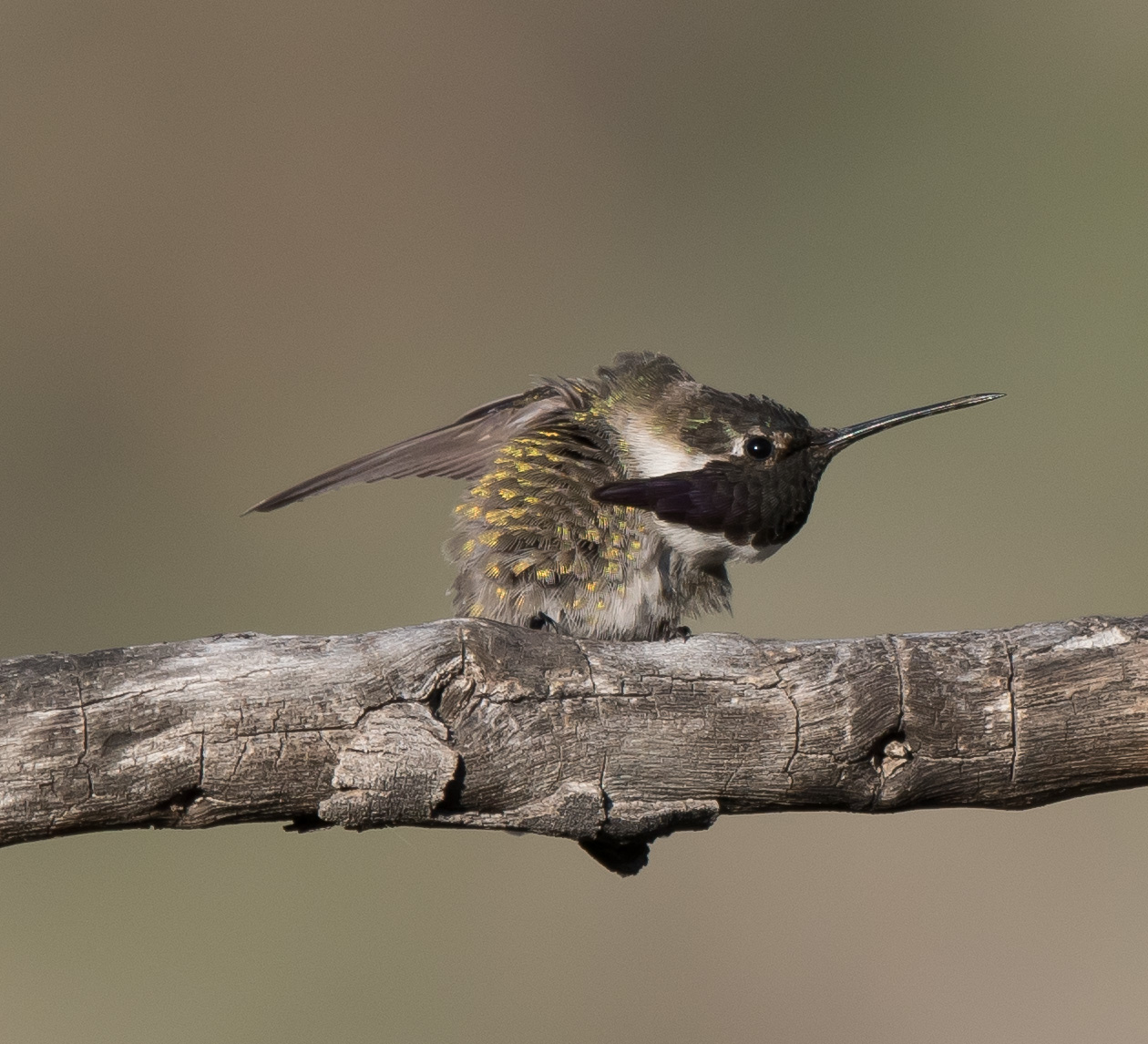A new field trip and a new location after 2 days of birding in high mountainous rain/cloud forests; El Sumidero National Park just north of Tuxtla Gutiérrez. It was the first full day with no rain and much better lighting and viewing. This turned out to be an awesome place as I added 30 new species to my life list in just one day. Besides the birds that we found here, it also brought home the awesomeness of Mexico's butterflies. With so many birds from this location, I have decided to split this up into 2 different posts.
We arrived early and it was not long before we found one of my target birds for this trip, the White-throated Magpie-Jay. This is a gorgeous bird and I would see more of them at other locations, but it is one that does not always pose for photos. With a length of 19½", this is a fairly large bird, however the tail makes up about half of its length.
White-throated Magpie-Jay
White-throated Magpie-Jay
It is here that we also got our first Yellow-throated Euphonia. Related to the tanagers this is a small bird at about only 4.3 inches usually seen in pairs or small groups. Males are bright yellow and black and the females are a bit more subdued. My photo is one of the female only.
Yellow-throated Euphonia
Olive Sparrows were abundant in the under story of the trees and shrubs and were more often heard instead of being seen. This is a bird who's range extends into southern Texas and I hope to see this bird some day in the Lower Rio Grande Valley of Texas.
Olive Sparrow
Olive Sparrow
One of the unusual birds we had was the Rufous-browed Peppershrike. It has a very heavy large bill and is closely related to the vireos.
Rufous-browed Peppershrike
Of course we had flycatchers at this location as well. Thankfully we had well qualified guides to assist us with identifying many of these birds. One of the coolest flycatchers that is considered a skulker, is the Belted Flycatcher. In many respects it resembles the Tufted Flycatcher which has shown up in Arizona this year and was much more cooperative for viewing. The Belted Flycatcher is not quite as cooperative, but it finally allowed us some nice looks at it, even if the photos left a lot to be desired.
Belted Flycatcher
Belted Flycatcher
This bird was not so hard to ID compared to the following Flammulated Flycatcher; another bird that would have been a difficult one to ID if it were not for our guide and knowing the calls. The forests down here resonated with so many different calls, that it was hard to know what was singing; definitely not the calls I am used to in Arizona.
Flammulated Flycatcher
A Northern Bentbill, a very small flycatcher, also made an appearance. This one appeared to be missing its tail feathers, possibly due to an on-going molt.
Noerthern Bentbill
Now lets move on to some of the stunning butterflies that we found. At one spot in the road, we came upon a small area that was swarming with butterflies of many different species. We estimated about 300 butterflies or more at this spot. I will try to identify some of the butterflies in these photos, but some of my IDs might be incorrect, so I welcome anyone that has more butterfly knowledge, to let me know so I can give them their proper names.
Banded Peacock
Blue-eyed Sailor (Female - I believe)
Blue-eyed Sailor - Male, I loved the green/gold sheen of this species.
Black-patched Bluemark???
I believe the orange one in-flight is a Tailed Orange
Unknown
Unknown
So far, a great first part with more birds and a few more butterflies to come in Part 2 from El Sumidero.




















No comments:
Post a Comment